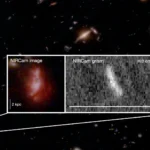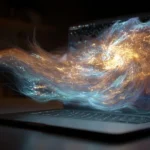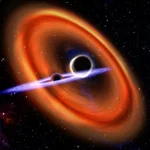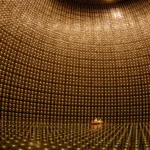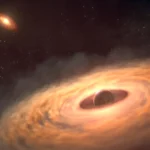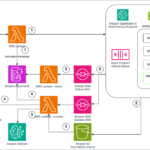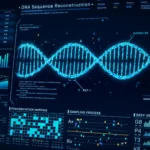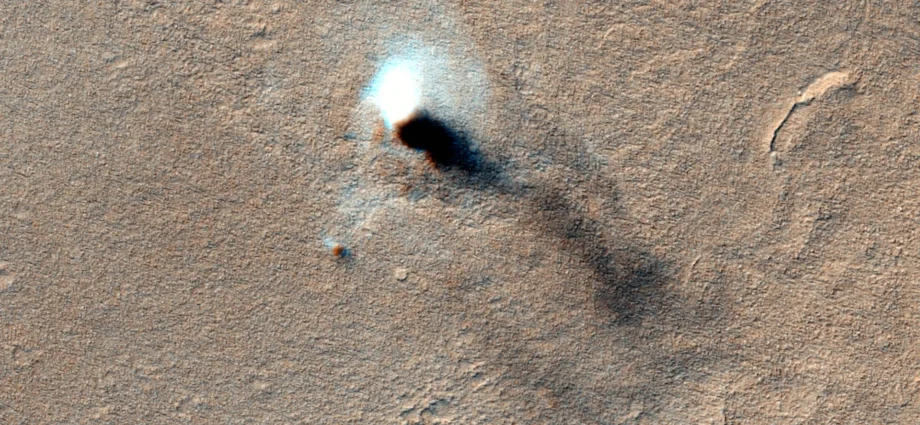Although Mars has an extremely thin atmosphere, it still experiences powerful winds that play a major role in shaping the planet’s climate and in distributing its ever-present dust. These winds stir up dust into swirling columns called dust devils—rotating plumes of air and fine particles that sweep across the Martian surface. While the winds themselves are invisible, the dust devils they lift can be seen clearly in spacecraft images. Because they trace the flow of moving air, scientists use them as natural markers to study wind behavior that would otherwise remain unseen.
A new study led by Dr. Valentin Bickel from the Center for Space and Habitability at the University of Bern reveals that both dust devils and the winds driving them are much faster than scientists previously believed. These stronger winds may be responsible for much of the dust lofted into the Martian atmosphere, which has a major impact on the planet’s weather and long-term climate. The research, conducted in collaboration with the University of Bern’s Department of Space Research and Planetology, the Open University in the UK, and the German Aerospace Center (DLR), was recently published in Science Advances.
Movement of dust devils studied with the help of deep learning
“Using a state-of-the-art deep learning approach, we were able to identify dust devils in over 50,000 satellite images,” explains first author Valentin Bickel. The team used images from the Bern-based Mars camera CaSSIS (Color and Stereo Surface Imaging System) and the stereo camera HRSC (High Resolution Stereo Camera). CaSSIS is on board the European Space Agency’s (ESA) ExoMars Trace Gas Orbiter, while the HRSC camera is on board the ESA orbiter Mars Express. “Our study is therefore based exclusively on data from European Mars exploration,” Bickel continues.
Next, the team studied stereo images of about 300 of these dust devils to determine their movement and speed. Co-author Nicolas Thomas, who led the development of the CaSSIS camera system at the University of Bern and whose work is funded by SERI’s Swiss Space Office through ESA’s PRODEX program, explains: “Stereo images are images of the same spot on the surface of Mars, but taken a few seconds apart. These images can therefore be used to measure the movement of dust devils.”
Bickel emphasizes: “If you put the stereo images together in a sequence, you can observe how dynamically the dust devils move across the surface.” (see the images on the website of the University of Bern)
Winds on Mars stronger than previously assumed
The results show that the dust devils and the winds surrounding them on Mars can reach speeds of up to 44 m/s, i.e. around 160 km/h, across the entire planet, which is much faster than previously assumed (previous measurements on the surface had shown that winds mostly remain below 50 km/h and – in rare cases – can reach a maximum of 100 km/h).
The high wind speed in turn influences the dust cycle on the Red Planet: “These strong, straight-line winds are very likely to bring a considerable amount of dust into the Martian atmosphere – much more than previously assumed,” says Bickel. He continues: “Our data show where and when the winds on Mars seem to be strong enough to lift dust from the surface. This is the first time that such findings are available on a global scale for a period of around two decades.”
Future Mars missions can benefit from the research results
The results obtained are also particularly important for future Mars missions. “A better understanding of the wind conditions on Mars is crucial for the planning and execution of future landed missions,” explains Daniela Tirsch from the Institute of Space Research at the German Aerospace Center (DLR) and co-author of the study. “With the help of the new findings on wind dynamics, we can model the Martian atmosphere and the associated surface processes more precisely,” Tirsch continues. These models are essential to better assess risks for future missions and adapt technical systems accordingly. The new study thus provides important findings for a number of research areas on Mars, such as research into the formation of dunes and slope streaks, as well as the creation of weather and climate models of Mars.
The researchers plan to further intensify the observations of dust devils and supplement the data obtained with targeted and coordinated observations of dust devils using CaSSIS and HRSC. “In the long term, our research should help to make the planning of Mars missions more efficient,” concludes Bickel.
Mars; Space Exploration; NASA; Space Missions; Computer Modeling; Hacking; Math Puzzles; Mathematical Modeling
